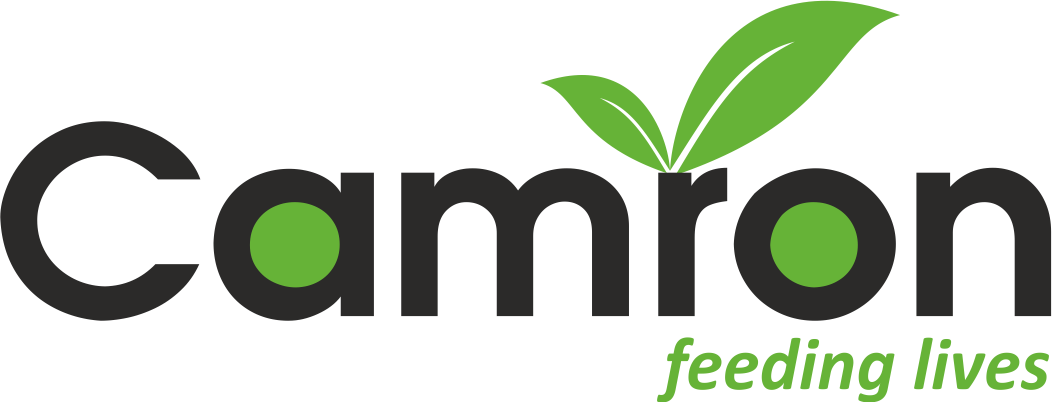Understand cow digestive system
- March 22, 2018
- Posted by: Camron
- Category: Cattle health

Ruminant stomachs have four compartments: the rumen, the reticulum, the omasum and the abomasum. Rumen microbes ferment feed and produce volatile fatty acids, which is the cow’s main energy source. Rumen microbes also produce B vitamins, vitamin K and amino acids. In calves, the esophageal grooves allow milk to bypass the rumen and directly enter the abomasum. Rumen development occurs following a change in diet and microbial growth.
Four parts of Stomach
- The rumen
The rumen (on the left side of the animal) is the largest stomach compartment and consists of several sacs. Because of its large size, the rumen acts as a storage or holding vat for feed.
The rumen is also a fermentation vat. The rumen’s environment favors the growth of microbes. These microbes digest or ferment feed within the rumen and make volatile fatty acids (VFAs). The rumen absorbs most of the VFAs from fermentation. A good blood supply to the rumen walls improves absorption of VFAs and other digestion products. Tiny projections (papillae) line the rumen, which increases the rumen’s surface area and the amount it can absorb.
- The reticulum
The reticulum is a pouch-like structure in the forward area of the body, close to the heart. The tissues in the reticulum form a network similar to a honeycomb. A small tissue fold lies between the reticulum and rumen, but the two aren’t separate compartments. Together they’re called the rumino-reticulum. Heavy or dense feed and metal objects eaten by the cow drop into this compartment.
- The omasum
The omasum is a globe-shaped structure containing leaves of tissue. It absorbs water and other substances from digestive contents. Feed material between the leaves will be drier than ingesta found in the other compartments.
- The abomasums
The abomasum is the only compartment lined with glands. These glands release hydrochloric acid and digestive enzymes, needed to breakdown feeds.
Feed movement
The rumen contracts and moves continuously. Healthy cows have one to two rumen contractions each minute. Poor rumen movement may indicate a sick animal. When the rumen contracts it
- Mixes contents
- Brings microbes in contact with new feedstuffs
- Reduces flotation of solids
- Moves materials out of the rumen

